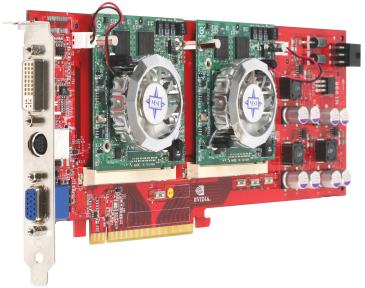
In these days of cheap, large hard drives, it’s easy to get a little blasé about storage space. Digital mapping can take up quite a lot of hard drive space, though, and you should be aware how much space your map software and its data can consume.
Software storage needsA mapping program can easily install between 300–500MB on your hard drive, and that doesn’t count all the map data that’s contained on a CD. Depending on program options and the types of maps to be used, you can easily have up to 1GB of space taken up by a single mapping program. Always check the software hardware requirements to ensure you’ll have enough storage space to install the program.
If you’re running low on hard drive space, some mapping programs have a minimal install option that leaves some program data on the CD instead of writing it to the hard drive by default.
Data storage needsMost commercial mapping programs come with map data on CDs, so you shouldn’t need to worry about storage space unless you plan on copying the map data on the CDs to your hard drive.
However, if you’re downloading lots of raw data from the Internet to create your own maps, you definitely need to think about your storage space needs. Map data is not small. For example, a single map data file can easily take up 5–10MB of space.
If you plan to collect lots of map data, you’ll definitely need a high-capacity hard drive for storage. At 10MB per data file, 100 files quickly can consume a gigabyte of disk space. Although you can get by using smaller hard drives, I’d opt for at least an 80GB drive.
If you decide to get serious about computer mapping, I recommend that you purchase a second internal or external hard drive to exclusively store your data. A second drive provides more performance and is easier to maintain and manage files. And because a second drive currently can be had for a little more than a dollar per GB, the bigger the better.






 Unlike computer video games, graphics card requirements for mapping programs are pretty minimal. All you need is a Super Video Graphics Array (SVGA) card, which has come standard on computers for years. If your mapping software supports 3-D terrain display, a card that has a graphics accelerator will draw map images faster. An accelerator isn’t an absolute requirement because most commercial programs that support 3-D rendering take advantage of a graphics accelerator only if it is present. Check the specs of your current PC (or one you’re considering purchasing) to see whether an accelerator is present.
Unlike computer video games, graphics card requirements for mapping programs are pretty minimal. All you need is a Super Video Graphics Array (SVGA) card, which has come standard on computers for years. If your mapping software supports 3-D terrain display, a card that has a graphics accelerator will draw map images faster. An accelerator isn’t an absolute requirement because most commercial programs that support 3-D rendering take advantage of a graphics accelerator only if it is present. Check the specs of your current PC (or one you’re considering purchasing) to see whether an accelerator is present.
